Notes for national corpse month, continued:
Each of these texts, each of these interventions—these questions, confessions, recoveries, propositions—are taking place in rooms. At least, that is where they are beginning. Like the windowless room in which Caitie Moore is watching Duriel E. Harris performing (Black Magic, Making, self portrait at the millennium…) It is an exclusive room. Meaning, not many of us are there. But the performance is not exclusive, because what is taking place, what is taking the place of the room, the lucid twisting of language out of the airless bottoms, is the performance of (an) extremity, a coinciding reclamation, that is spreading beyond the room, to permeate (penetrate) the outside, including those who were not there, as if death was only half a transformation. It goes everywhere; it leaks, it fumes, it recrudesces in every porous space. It drowns. The room was exceeding itself, Moore writes. (I am writing in the present because occasions for attending to deaths that did not have the choice to perform themselves are ceaseless and ongoing.) The room is marked with Corpse, she continues. A fatal exchange goes down. Wind barters the walls. The windows become water. The Muse—of which one emanation is, in Moore’s formulation, Corpse—plays us; it brings errancy into the room. These rooms become altars, in which are crystallized the voracity of the voices whose arrest has been provoked by outside (aka out of the side, like a shadow leaking out and incarnating its own disavowal). Corpse is inside this country, inside our eventual corpses—speaking to each other with insatiable breath. Spin the mirrors; which way do we have it? Are we the offerings of each porous space? Porous spaces themselves? Because, then comes the Muse, pluralizing? Because, poetry (art) re/enfranchises the excess of eyes looking in (up) from the underground?
—Brandon Shimoda
***
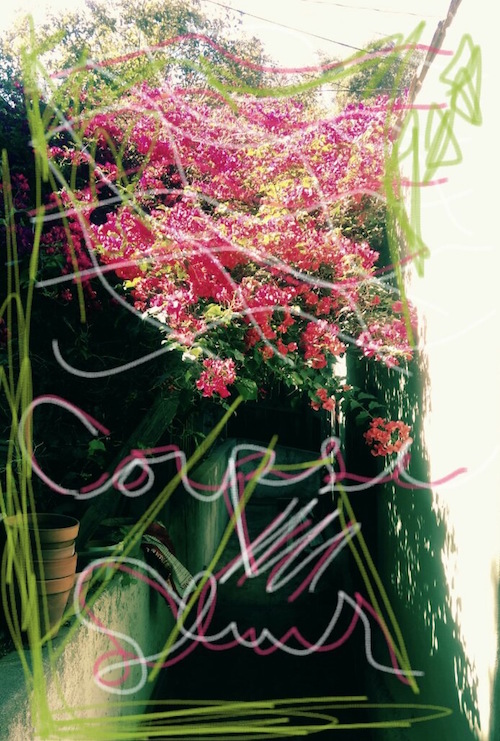
Corpse (always too unwieldy, too imbued with social relations and life to stay relegated to a finite, interred form) invades art as a pressure, as an impulse from which some choose to create. It is a Muse. Breaking the Muse into parts instead of casting it in some feminized form or another, I’d name one component this Corpse and another Slur, because traditional, neutral terms for artistic tendencies aren’t as useful. Corpse and Slur don’t easily decouple from the lived experience of the artist—how her physical form presents itself and how it gets cussed at. But it’s hard to say what the Muse even is: A performance agent? A disciplinary darling? A ken, a specter, a coercion, a potency, an impetus, an ontology? I think the Muse (and its parts) is a combination of the above in that it’s a set of past encounters which propel us forward and justify the shape of our output. What begins as our angle of understanding toward the world turns us and leaves its mark on everything we mark as ours. What suffuses and surrounds. I’ve been combing through these variants, Corpse and Slur, detecting them in two poles of U.S art and poetry.
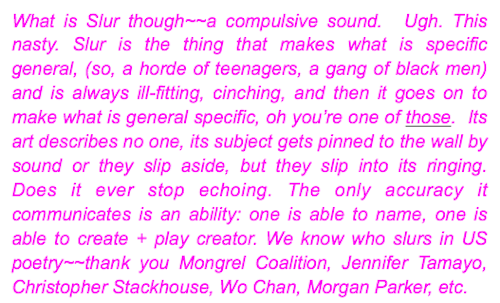
In 2013 I saw Duriel E. Harris invoke the death of Emmett Till. It was in a small, windowless room in the conference center at AWP Boston, the final session, for a panel called Embracing the Verb of it: Black Poets Innovating (Or Innovative?). In my notebook I wrote down scraps of Ruth Ellen Kocher’s poems (“Possessive case for the word ‘slave’ does not exist in Italian” I wrote then got lost in the rest) and quoted Douglas Kearney asserting that “an innovation has to create a solution to a problem that more than one person is experiencing [...innovation] is actively involved in the concept of problem solving.” Then I wrote ‘Duriel Harris’ and a dash and then nothing because her performance was totalizing and didn’t let me take notes.
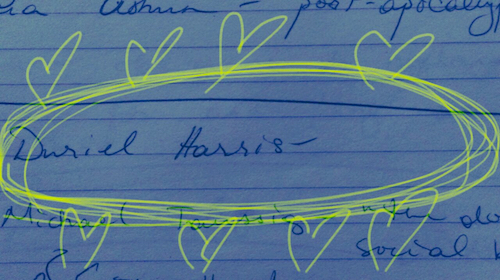
She remembers doing a mash-up of at least three poems: Black Magic, “Making,” forthcoming from Nightboat in a collection called No Dictionary of a Living Tongue, and “self portrait at the millennium,” the middle stanza of which reads:
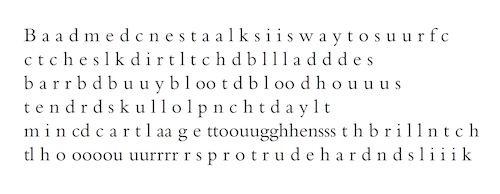
By the end of her performance, there was an extra physical presence in the room, the room was exceeding itself,
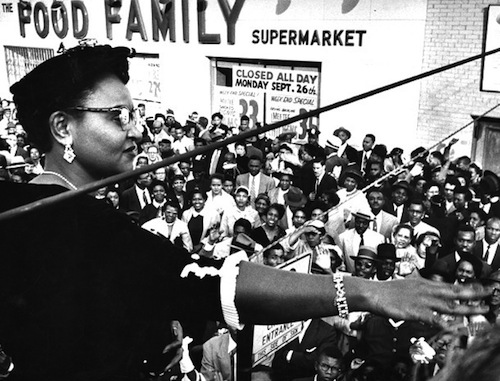
was marked with Corpse, with the way of Corpse. Fred Moten, in chapter two of In The Break, writes, “Syncopation, performance, and the anarchic organization of phonic substance delineate an ontological field where black radicalism is set to work.” Harris nearly dissolved phonic substance, strained it, her voice at moments was high and inaudible as she gasped for the air the drowned gasp for, then low as the whir of a fan, then doubled. Doubled back on itself, doubled over. To have followed the way of Corpse is to have produced and invented as the dead require you to. There is an eventual corpse to every body, but we also carry other corpses within us, the corpses of people that looked like us who died for what they look like, of people who thought like us who died for how they thought. Call them the structural dead. Those dead made no promises about leaving us to live our lives.
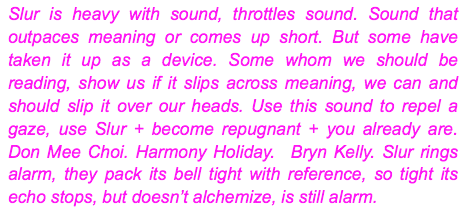
Emmett Till's corpse is inside this country and what was done to him is inside our eventual corpses. We are so constituted by the dead that we can barely call them dead, but I don't want to posit death as unchecked space from which the dead express a telos without confusion. To employ Corpse isn’t to avenge singular deaths. Later in his book, Moten writes that Till’s murder “in its particularity is not unlike a vast chain of such events that stretches across a long history of brutal violence.” Harris’s performance stood at the end of the chain and was made, mercilessly, for the living.
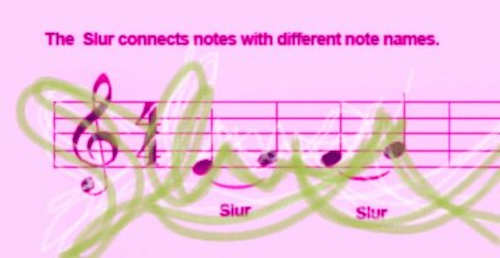
As chain, as strata, either way, Corpse amasses and reveals, cuts into your nine layer dip or paints over your chipped nails without the fuss of remover. Recently I saw Lady Quesa’Dilla
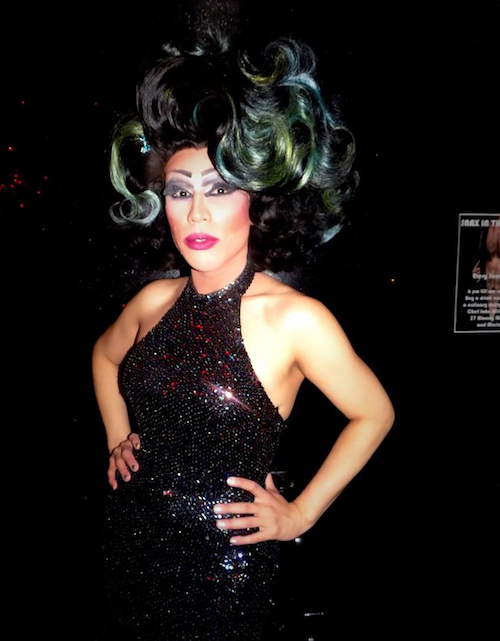
deliver a monologue passed to her by her drag mom's drag mom from the perspective of Marsha P. Johnson, the transwoman who incited the Stonewall riot with Silvia Rivera and whose body was found in the Hudson River in 1992. Corpse is shown in the palimpsest of queens handing down a story. The monologue imagined Marsha P. railing against the gay bars in the West Village that kept her out for being black / being a queen, but most of the bars that existed when the piece was written have since fallen prey to gentrification. So instead of the added physical presence in Harris’s performance, there was an evacuated one, the density of a lack within a lack. HIV/AIDS activist Theodore Kerr says that we pose a false binary between the living and the dead. Into which category fall the dying? How to characterize our experience of living while twinning the structural dead? Corpse blurs this boundary, but doesn’t lift it. The slippage of death into life doesn’t relieve mourning, or convince us that the dead are somehow available when we need them. Absence is real. If there was no binary, we would be less desperate about keeping each other alive~~maybe I want everyone to be here forever and then we could all just go at once + maybe I don't want to prepare + I can’t take back that time I screamed in your face + RIP 2008 babe.

Corpses pile up around us and inside us because of lack of $$, lack of access, lack of governmental restraint. Artists I love in New York who are using debt, ableism and prisons as mediums for their work are dealing in Corpse Mode. Cameron Rowland, in a recent solo exhibition at Artists Space, set out ready-made objects in their loft gallery in SOHO along with a contextualizing pamphlet regarding property, accumulation, and the legacy of slavery. Most of the objects had been assembled by prisoners and stood as units of measure for the extent to which public works projects, prisons and insurance companies are intertwined with the Atlantic slave trade. The gallery is cavernous enough to feel sparse even as Rowland displayed large manhole levelers, courtroom pews, color-coded fire suits for both inmate (orange) and non-inmate (yellow) firefighters in California, a desk and four steel lashing bars for shipping containers. Rowland had sculpted an argument, the essential point of which wasn’t to equate slavery with imprisonment, but to highlight government and corporate gains from free or extremely cheap, mostly black, labor––including slavery and continuing through the convict leasing system, chain gangs, and the prison system. Neither did his pieces argue that we redistribute wealth via a politics predicated on wages, but through reparations and abolition. All the objects assembled stood to reason that the state owes certain people some money and that it only continues to amass this debt.
If the trace of Corpse is a density, the manhole levelers were dense with the corpse of tar, which is to say the tarred and feathered, and the lashing bars had the corpses of the sea, Édouard Glissant’s sea, which he wrote was “one vast beginning, but a beginning whose time is marked by these balls and chains gone green.” The density pooled in the far left corner of the gallery, in a piece titled Disgorgement. This piece is a purpose trust and it is held in 90 Aetna shares, a company Rowland tells us accrued some of its wealth through issuing slave insurance. A purpose trust dissolves when a specific aim is fulfilled, in this case whenever the government takes official action to pay reparations. When these are paid out, the money earned by the trust will be distributed alongside.
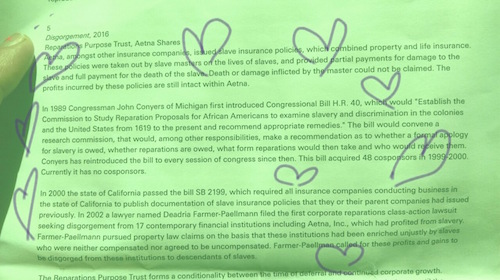
Corpse here is so dense it’s already existing in, and putting pressure on, the future. Again, space was surpassing its bounds, à la this Borgesian intrusion from Tlön to our world: In his delirium a few coins had fallen from his belt, along with a cone of bright metal, the size of a die. In vain a boy tried to pick up this cone. A man was scarcely able to raise it from the ground. I held it in my hand for a few minutes; I remember that its weight was intolerable and that after it was removed, the feeling of oppressiveness remained.
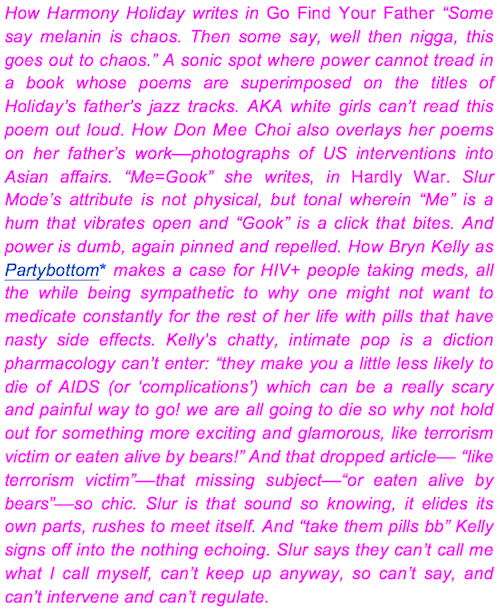
***
[Guest Editor’s note: Notes for national corpse month is the title of/refers back to the essays I wrote last year for Harriet, also for the occasion of National Poetry Month (2015). Re/visit parts One, Two, Three, Four, Five See also: Yanara Friedland’s Unknown.]


